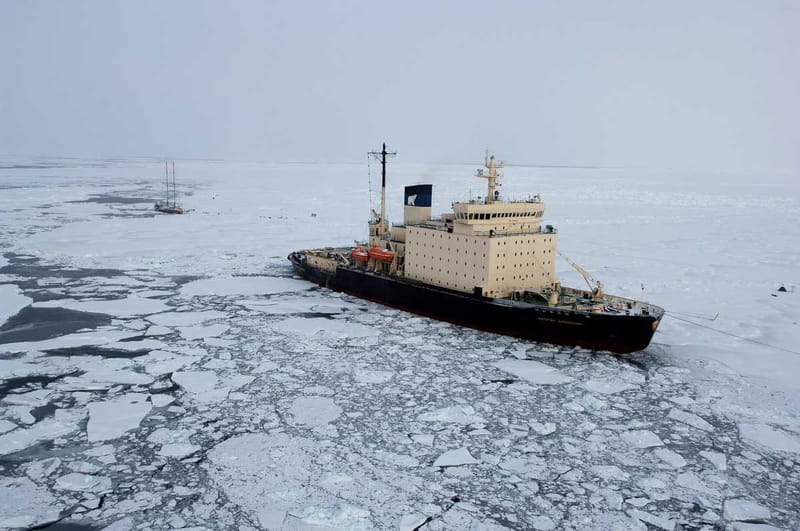Arctic partnerships and energy upheavals

During delegations in Riyadh, US and Russian representatives identified “specific areas of cooperation,” including “joint projects in the Arctic,” which is believed to contain 13% of the world’s uncertified oil and 30% of untapped natural gas reserves. Additionally, both the United States and Russia are keen on accelerating the exploration and extraction of critical raw materials like copper, cobalt, and rare earth elements in the Arctic.
In Europe, events have distinct implications. Despite the frenetic pace and diversity of February negotiations, Russia and Ukraine attacked oil and gas facilities on both sides in January, February, and March 2025. On February 26, Russia struck a DTEK energy facility in Ukraine’s Dnipropetrovsk Oblast, and on February 24, a massive Russian drone and missile attack targeted two vital infrastructure sites in Lviv. The Ukrainian air force’s February 17 attack on a compressor station of the pipeline in Novorossiysk on the Black Sea coast will reduce oil flow to the pipeline for two months. This is particularly frustrating for Russian, American, English, Italian, and Kazakh shareholders of the CPC (Caspian Petroleum Consortium) pipeline, especially since the Tengiz field showed a decrease in production since 2022. In 2021, this pipeline exported up to 1.3 million barrels of high-quality oil per day, accounting for 80% of Kazakhstan’s total oil production of 1.6 million barrels (1.4% of global production). Although a new package of sanctions against Russia was imposed on January 10, 2025, the U.S. Treasury Department granted exemptions for CPC-related oilfield services. In mid-January and on March 1, 2025, Ukrainian drone attacks were attempted against the TurkStream pipeline. This Russian pipeline enters the Black Sea near Anapa and supplies Turkey with 14 Bcm and Central Europe and Greece with 17.5 Bcm of natural gas also through the Black Sea. The risk of widespread sabotage of the Black Sea submarine cables and pipelines persists and extends to the Aegean Sea and the Southeastern Mediterranean. Hydrocarbon production and the timely laying of electricity interconnection cables between Greece, Cyprus, and Israel fall within this framework.
This complex web of risks encompasses the recent sabotage of various telecommunications cables in the shallow Baltic Sea, along with the sabotage of two Nord Stream 1 pipelines and one Nord Stream 2 pipeline destroyed in 2022. Interestingly, an American Republican businessman has proposed that the US administration consider restoring Nord Stream 2, with Denmark showing particular interest. The US faces challenges in flooding Europe with LNG before 2027. Recent developments in US-Russia negotiations suggest a continued and possibly increased supply of Russian LNG, a partial reopening of Russian pipelines for tactical reasons until 2027, or a reconfiguration of part of this pipeline to a Baltic hub. The EU is in a challenging phase, and its stability is crucial not only for Europe but also for the US. This situation somewhat parallels Israel’s support in natural gas to Egypt and Jordan to maintain regional stability.
From the US perspective, achieving peace in the broader European area appears to be rooted in a dual export model: peace and the arms industry. The EU will be compelled to purchase more weapons systems from the US to strengthen its NATO membership, leading to weapons production being directed towards the defensive reorganization of NATO members instead of going to Ukraine and Gaza. For American exports, this approach is more profitable and also contributes to achieving peace in the European area and the Southeast Mediterranean, especially in light of China’s influence.
https://moderndiplomacy.eu/2025/03/04/arctic-partnerships-and-energy-upheavals/